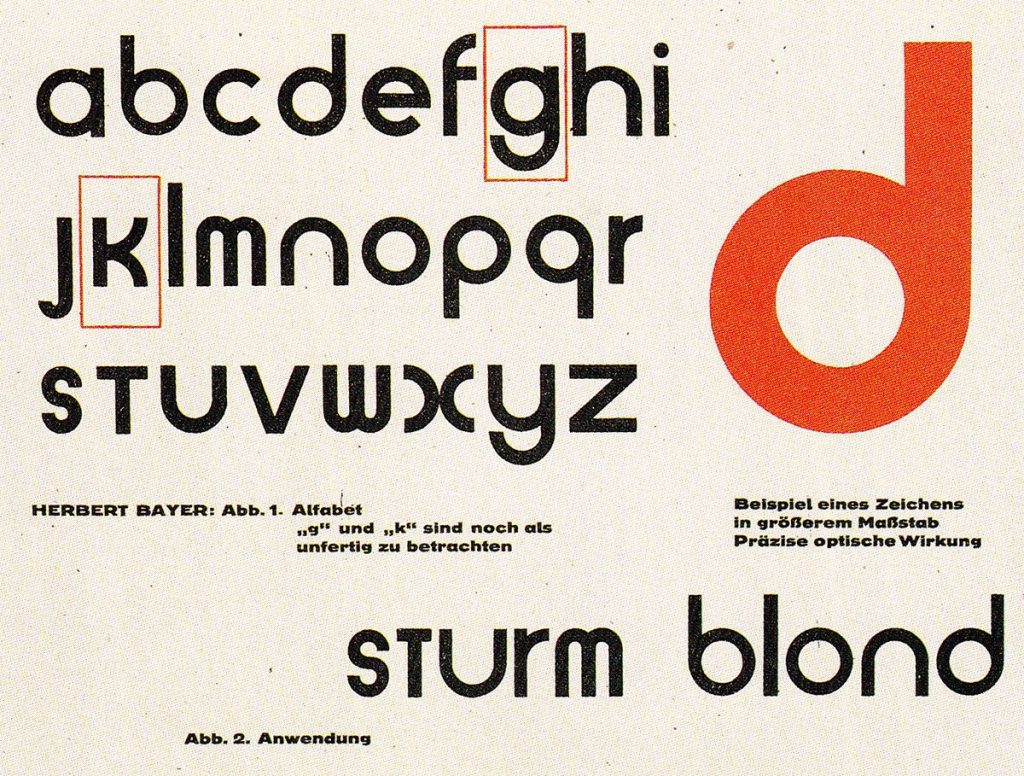Form Follows Function: The Bauhaus Movement
The Bauhaus was a design school that operated between 1919 and 1933 and transformed into one of the most influential modern art movements in history due to its rule-breaking approach to architecture and design.
“Construction House” – Architecture
The name Bauhaus stands for Construction House in German, a fitting name for a movement that heavily focused on architecture.
The Bauhaus school, founded by the architect Walter Gropius, sought to unite art and functional design, with a goal of creating good design that would also fight against the rise of industrialization. All aspects of Bauhaus design and architecture were thought out, there were no unnecessary details anywhere; everything was reduced down to the essentials.
Right: Gropius House in Massachusetts
A few characteristics define the architecture of the Bauhaus. Form follows function and decorations fall after functional design. Although not all Bauhaus buildings look exactly alike, they all share characteristics that associate them with the movement. Simple geometric forms and flat roofs dominated this style of architecture. Asymmetry was preferred while symmetry was rejected. and outer facades of buildings we made of smooth materials, which included steel, glass, concrete – all modern materials.
Famous examples of Bauhaus-style architecture include the Bauhaus Studio Building in Dessau and the Gropius House in Massachusetts, amongst many others.
The Bauhaus architectural style was an influence on other movements such as Mid-century Modern and the International Style.
Breaking away from the past – Typography
The Bauhaus played an important role in spreading the popularity of the New Typography movement, which was essentially a rejection of traditional typography, where designers sought to go against traditional type arrangement.
Right: Bauhaus poster design
Going hand-in-hand with typography, Bauhaus page layout designs followed the same distinct style as all other aspects of the Bauhaus. Just as architecture broke the rules, page design broke the grid. Text would be placed on diagonals, or vertical and horizontal, and even wrapped around objects.
As with architecture, Bauhaus typography was all about cutting down the frills. Appointed by Walter Gropius, Herbert Bayer designed the Universal Typeface in 1925. The Universal Typeface (also known as the Universal Alphabet) reduces letters to the essentials by having no change in case and no serifs. Bayer advocated for legibility, so he designed the Universal to have geometric characters with wide spacing. He deemed the use of both upper- and lower-case letters unnecessary, seeing it as a waste of time in production. Not changing the case of a typeface also simplified typesetting and keyboard layouts on typewriters.
Bibliography
https://www.moma.org/calendar/exhibitions/1013?
http://www.designhistory.org/Avant_Garde_pages/BauhausType.html
https://www.widewalls.ch/magazine/bauhaus-typography
https://savingplaces.org/stories/a-brief-history-of-bauhaus-architecture#.X87WvhNKjeI





